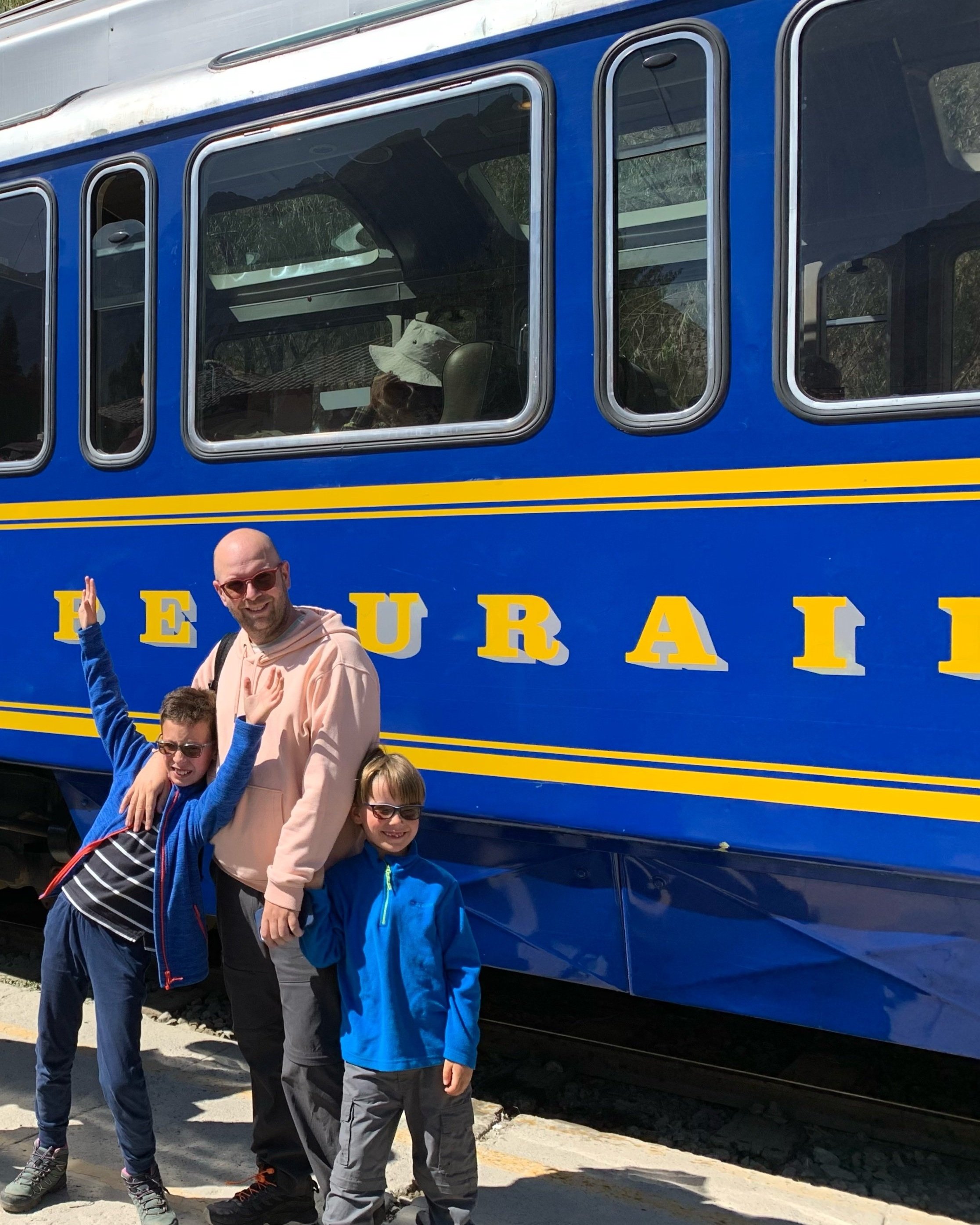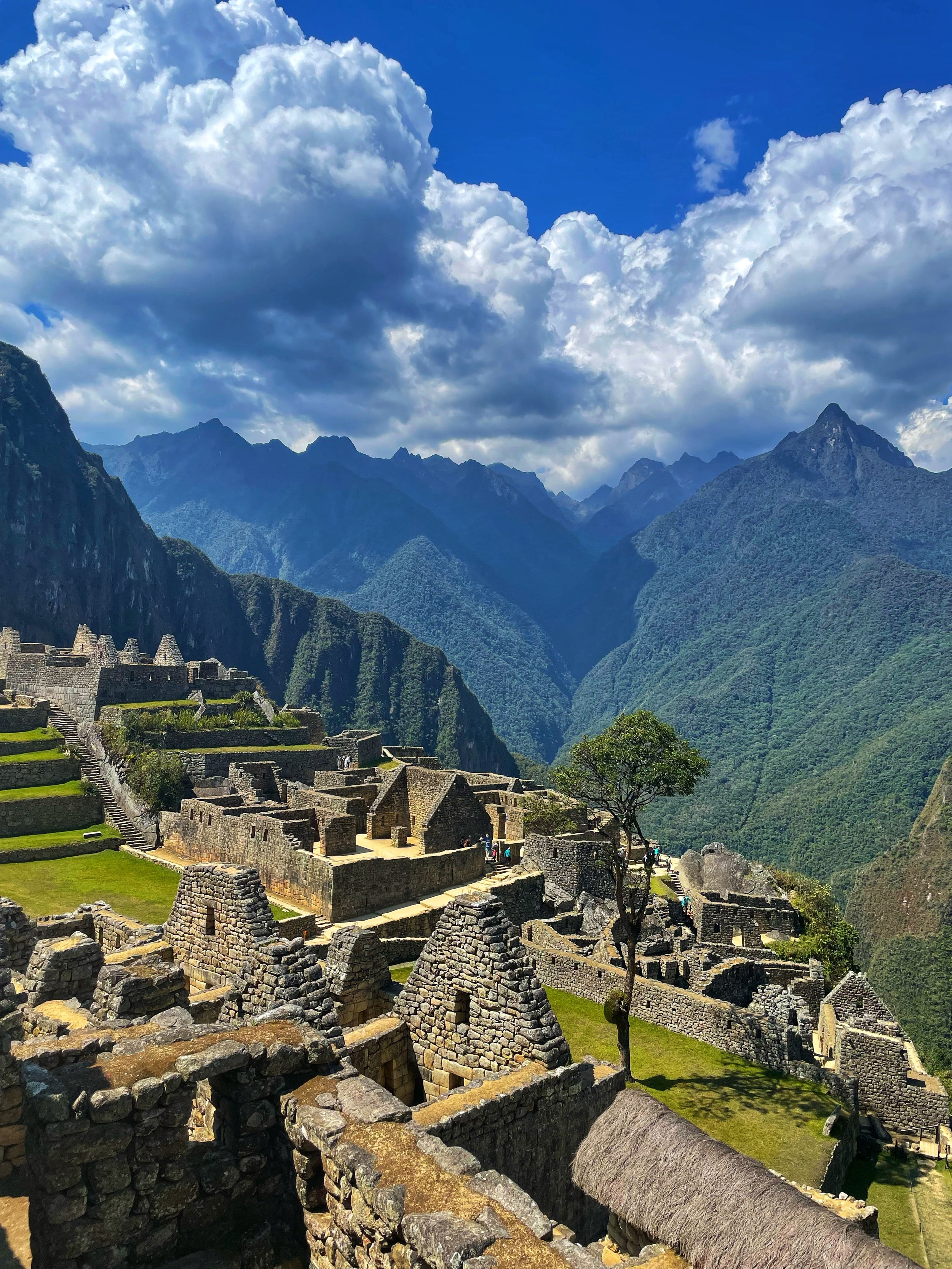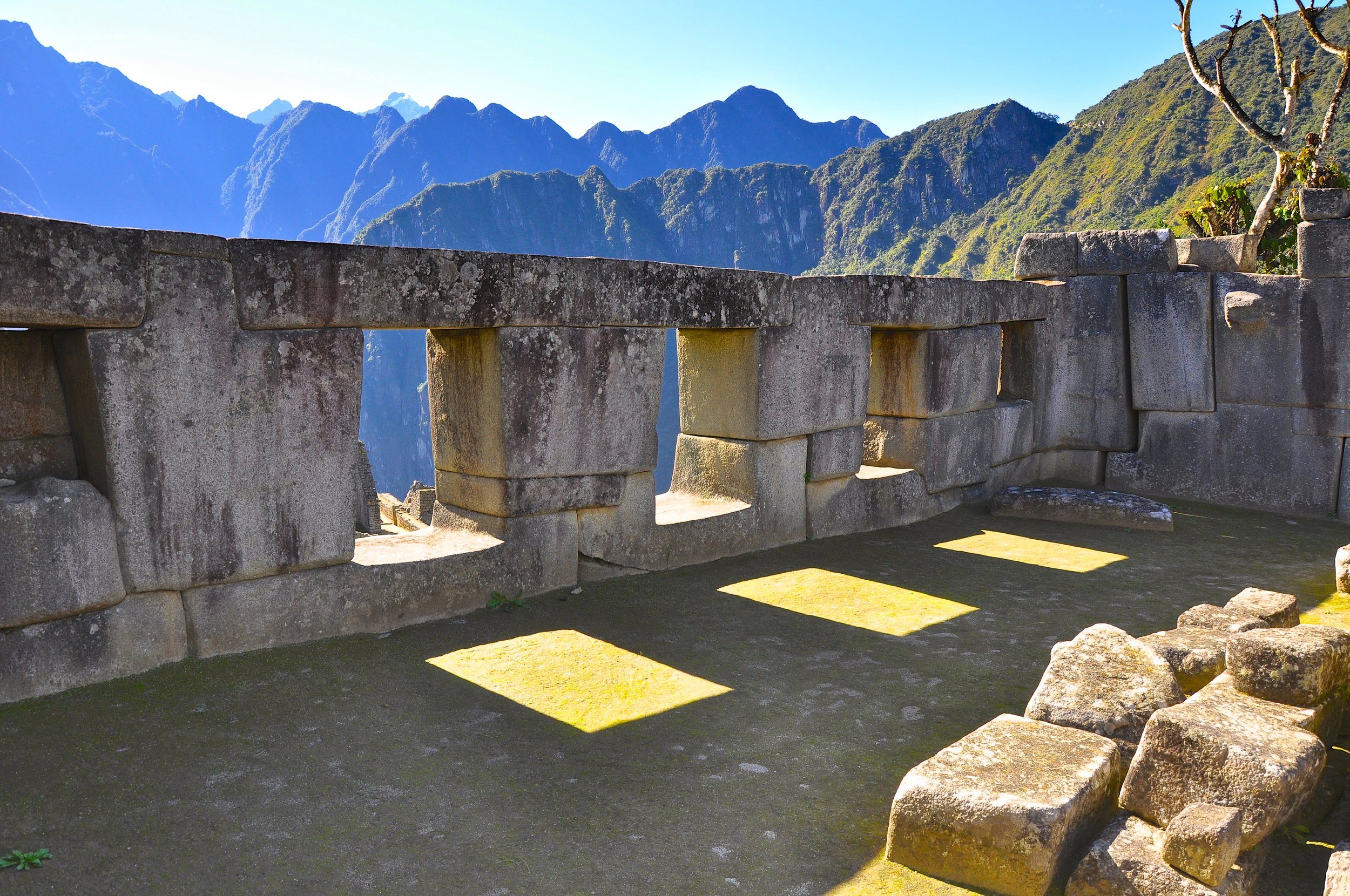Machu Picchu, Peru
What is Machu Picchu
Machu Picchu was built as an estate for the Inca Emperor Pachacuti around 1450 and was home to around 500 people. It was an important ceremonial centre and trade route for the Inca.
The city was abandoned during the Spanish conquest of Peru but there are no mentions of the site in the conquistadors’ records. The city remained hidden and known only to local Quechua people until the early 1900s when Hiram Bingham located it in the jungle.
The book Turn Right at Machu Picchu by Mark Adams is highly recommended for an interesting account of Bingham’s expeditions, other Incan empire sites in the area, and how they join up. Mark Adams has this to say about Machu Picchu:
“For the first time since dropping out of graduate school, I remembered an unpleasant weekend spent struggling to comprehend the philosopher Immanuel Kant’s explanation of the difference between calling something beautiful and calling it sublime. Nowadays, we throw around the word ‘sublime’ to describe gooey desserts or overpriced handbags. In Kant’s epistemology it meant something limitless, and aesthetically pleasing entity so huge that it made the perceiver’s head hurt. Machu Picchu isn’t just beautiful, it’s sublime.”
How to get to Machu Picchu
The nearest town to Machu Picchu is Aguas Calientes, but this town cannot be reached by road. Trains to Aguas Calientes go from Cusco or Ollantaytambo. We based ourselves at Ollantaytambo and took the train from there.
Entry tickets to visit Machu Picchu in October 2022 went on sale in January 2022. As soon as we purchased entry tickets we also booked train tickets with Peru Rail. Inca Rail also operates this route but has fewer trains each day.
We took the Vistadome train on the outward journey which has big windows and skylights to provide panoramic views of the Andes and free snacks and drinks on board. We chose the cheaper Expedition train (smaller windows and no snacks) for the return trip when it would be dark anyway.
Once in Aguas Calientes there is a 20 minute bus ride or 2 hour hike to the top of the mountain. We booked return bus tickets with Consettur online but they can also be purchased in person at the ticket booth in Aguas Calientes.
Machu Picchu can also be reached by hiking along the Inca Trail with a pre-booked permit, tour operator and porters. The number of permits are capped to prevent over-tourism on the Trail, but nonetheless the Trail has to be closed each February for maintenance and repairs.
When to visit Machu Picchu
The best time of the year to visit is the dry season, from May to October. It is possible to visit from November to April in the wet season but then there is a risk of heavy rainfall (particularly in the afternoon), land slips and closures. The Inca Trail is closed for maintenance in February. The busiest time to visit is June, July and August.
We chose to visit in early October, towards the end of the dry season, risking a little rain but hoping for lower visitor numbers. The weather when we visited was perfect, with cloudless skies and pleasant warm temperatures.
Many people stay overnight in Aguas Calientes or make a very early start from Ollantaytambo to get to Machu Picchu early, see the sunrise and hike one of the mountains overlooking the site. We decided we didn’t want a very early start and wouldn’t be hiking the mountains, and therefore we went with an afternoon 12pm entry slot.
Cost of visiting Machu Picchu
We bought our entry tickets via the official ticketing website as soon as they went on sale, here:
https://www.machupicchu.gob.pe
We bought our train tickets via Peru Rail, here:
https://www.perurail.com
And we bought our bus tickets from Consettur here:
https://comprar.consettur.com
Visiting Machu Picchu cost us:
Entry tickets - £35 per adult, £15 per child
Vistadome train - £70 adult, £35 child
Expedition train - £60 adult, £30 child
Bus to Citadel - £20 adult, £10 child
Total cost for four people:
£550 (or £185 per adult and £90 per child).
Our day at Machu Picchu
Machu Picchu was at the top of our wish list when planning this trip. We’d read so many books and watched documentaries about travel in Peru and the Incan empire and we couldn’t believe the day had finally come.
Our 8.30am Peru Rail Vistadome train from Ollantaytambo was delayed by half an hour. When it arrived the train had a lovely vintage feel to it. Our tickets (but not our passports or proof of covid vaccination) were checked. FFTP2 masks were required but this was not enforced on board.
The views from the panoramic windows were fabulous, the train was very comfortable, and free water and snacks were provided. This was one of the most scenic train rides we have been on. The scenery changed from villages and agricultural valleys to remote forested mountains.
We arrived into Aguas Calientes at 10.30am. We walked around the town and had brunch, and then lined up for the bus ride up the hill to the Citadel. We waited in a short and efficient queue and quickly boarded a bus which took 20 minutes to get up the hill via a series of switchbacks. We got to the site for our ticket entry time of 12pm. We spent three wonderful hours at the site and caught the 4.45pm train back to Ollantaytambo, arriving back at our hotel by about 7.30pm.
At the entrance to the ruins is a snack bar, gift shop and toilets. Guides are supposed to be required for entry but this rule is not enforced. We decided not to hire a guide because we found the ones at the gate to be pushy about us joining a big tour group and we were keen to explore the site at our own pace.
Our tickets and passports were checked carefully at the entry gates. We opted to follow the high and longest route (circuit 2) which took us around all of the site. The route includes steep climbs and descents with steps. The site was not crowded and the sun shone. We explored at leisure and thoroughly enjoyed this glorious place.
The engineering at Machu Picchu is mind-blowing - its drainage systems, east-facing roofs and agricultural terraces that maximise sun exposure, and its stonework. It is remarkable that this city was built by hand on a 2430m mountain ridge. And the mountain setting is Machu Picchu’s crowning glory.
Che Guevara, in his Motorcycle Diaries wrote the following about Machu Picchu:
“The most important and irrefutable thing, however, is that here we found the pure expression of the most powerful indigenous race in the Americas — untouched by a conquering civilization and full of immensely evocative treasures... The spectacular landscape circling the fortress supplies an essential backdrop, inspiring dreamers to wander its ruins for the sake of it.”
Final Thoughts
Visiting Machu Picchu felt like a long day and a suitably arduous journey for a true adventure.
It’s no wonder the Spanish failed to find the city hidden high up in the mountains!
We absolutely loved our day at the ruins, and are very glad we made the effort to get there. A World Heritage Site and one of the seven wonders of the modern world, Machu Picchu is worth the hype.












